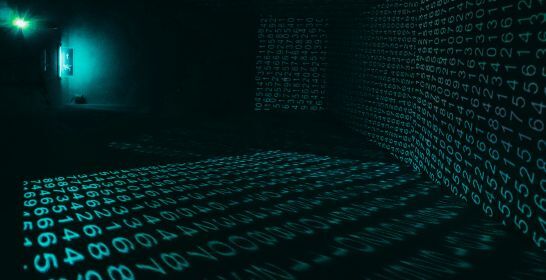
Factuality in Large Language Models (LLMs) is all about ensuring the information they generate is accurate, reliable, and grounded in truth. In a world where misinformation can spread quickly, factual accuracy becomes a core priority for any responsible AI system. At our core, we aim to build models that not only communicate fluently—but also tell the truth. Here's how we ensure that at every level of development:
We only use high-quality datasets from credible and verifiable sources like Wikipedia, peer-reviewed journals, and official government documents.
Content moderation tools help us eliminate biased, outdated, or unreliable data before training even begins.
Pretraining on structured datasets like Wikidata or filtered Common Crawl ensures clean, meaningful input.
Rule-based validations keep out speculative or opinion-heavy content.
LLM outputs are checked against trusted databases like:
Simple NLP heuristics flag contradictions and inconsistencies.
Confidence scores help identify responses that might need human review.
At this stage, we introduce real-time verification and reinforce truthful generation through smart learning techniques.
This level is all about scalable, explainable, and ethical AI that can thrive in the real world.
Live updates from sources like Google Knowledge Graph and Wolfram Alpha.
AI systems that stay informed and aligned with real-time data.
Combine the flexibility of LLMs with the precision of structured knowledge.
Results are more factual, consistent, and traceable.
Specialized transformer layers for internal fact-checking.
Dual-encoder systems: one generates, one verifies.
Chain-of-Thought (CoT) prompts help explain how an answer was derived.
Transparent citations and source tracking are built into outputs.
Human experts guide and correct LLM outputs.
RLHF ensures that every round of feedback helps the AI learn to be more truthful.
Video, image, and audio analysis strengthens text-based claims.
Ethics-first development eliminates bias and counters misinformation.
| Level | Key Techniques | Examples/Models |
|---|---|---|
| Basic | Dataset Curation, External Fact-Checking | Wikipedia, Knowledge Graphs |
| Basic | Heuristic-Based Checking, Keyword Matching | Simple Contradiction Detection |
| Intermediate | RAG (Retrieval-Augmented Generation) | Web-Linked LLMs |
| Intermediate | Fine-Tuning with Fact Verification | RLHF, Domain-Specific Models |
| Intermediate | Confidence Estimation, Adversarial Testing | Factual Consistency Scores |
| Advanced | Live Knowledge Updates, Hybrid Knowledge Graphs | Google Knowledge Graph, Wolfram Alpha |
| Advanced | Chain-of-Verification, Explainability | CoT Reasoning, Cited Sources |
| Advanced | Multimodal Fact Verification, Ethical AI | AI Journalism, Media Forensics |